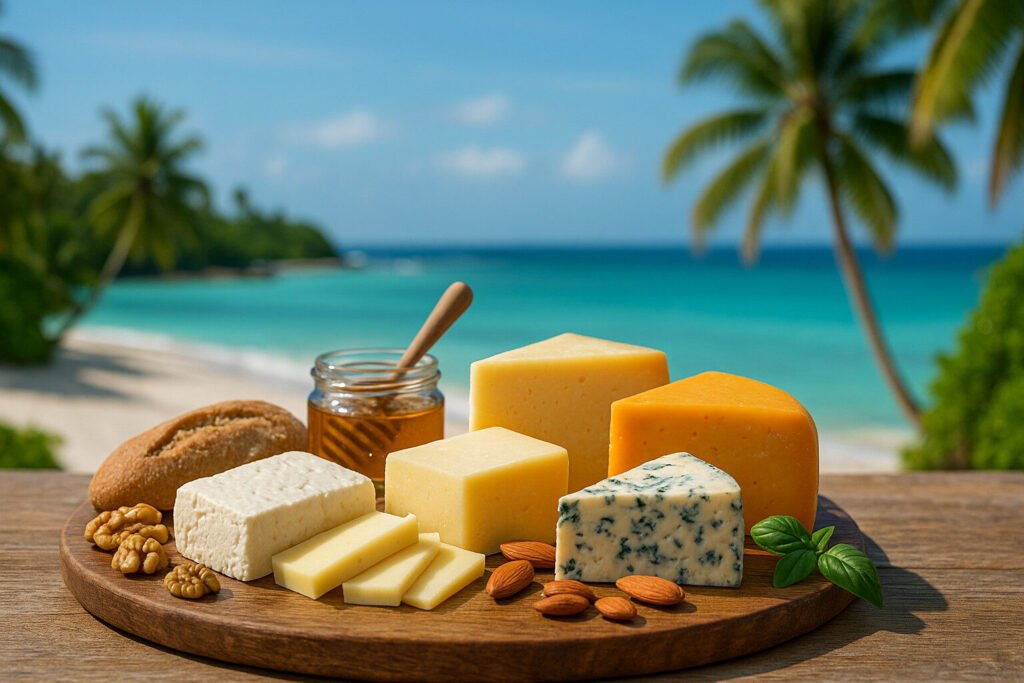Cheese Of Seychelles
Definition and Scope
Cheese of Seychelles refers to dairy products crafted within the island nation’s territory. These cheeses often utilize local resources such as goat or cow milk from small-scale farms. The category includes fresh varieties and some aged styles adapted to the tropical climate.
Production volumes are modest, primarily serving domestic and tourist markets. The scope encompasses both traditional methods and modern adaptations introduced by local dairies. This niche category reflects the unique agricultural conditions of the archipelago.
Production Methods
Cheese production in Seychelles typically begins with pasteurized milk due to food safety regulations. Artisans often work with limited refrigeration, influencing the types of cultures and aging periods used. The humid environment necessitates careful moisture control during the cheesemaking process.
Many producers create fresh cheeses that require minimal aging time. Some facilities have implemented modified aging chambers to combat the high humidity. Local ingredients like herbs sometimes get incorporated into the cheese during formation.
Sensory Profile
Seychelles cheeses generally present mild to moderate flavor intensities. Fresh varieties often exhibit creamy textures and slight tanginess. The tropical diet of dairy animals can impart subtle floral notes to the milk.
Aged examples develop firmer textures and more pronounced savory characteristics. The high humidity prevents the development of thick rinds on most aged cheeses. These products typically maintain balanced salt levels without overwhelming the delicate milk flavors.
Culinary Applications
Local cheeses frequently appear in Seychellois breakfast dishes and light meals. They complement tropical fruits and serve as accompaniments to crusty bread. Many restaurants incorporate these cheeses into salads and simple appetizers.
Fresh varieties work well in cooked dishes where they melt smoothly. Some establishments feature cheese platters highlighting local production for tourist audiences. The mild profiles make them versatile for both traditional and fusion cuisine.
Regional Examples
Mahé island hosts several small-scale cheese producers creating fresh chèvre styles. These operations typically source milk from local goat farms and produce limited batches. The cheeses often get distributed to hotels and specialty food shops.
Praslin island has seen experimental cheese production using unique local cultures. Some producers on Silhouette Island have attempted aged varieties with limited success. These regional examples demonstrate the ongoing development of Seychelles’ cheese identity.

